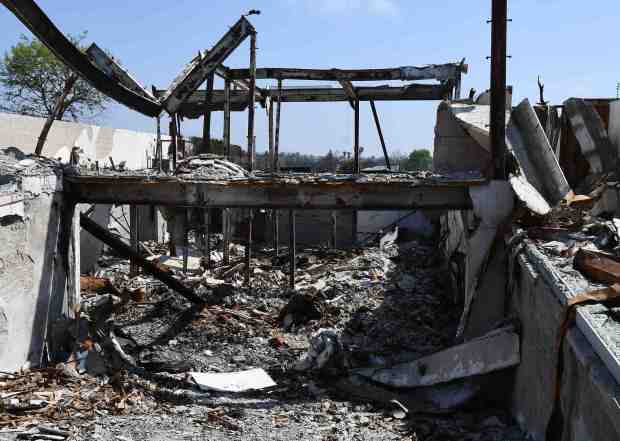LADWP Under Scrutiny: What Recent Wildfires Reveal About Los Angeles’ Infrastructure
The Los Angeles Department of Water and Power (LADWP) is under intense public scrutiny following a series of devastating wildfires that have swept through Los Angeles in recent months. These incidents have triggered lawsuits, community outrage, and urgent questions about the resilience of the city’s utility systems. In this article, we delve into the background of these lawsuits, the key factors at play, and the lessons Los Angeles must learn to move forward.

The Role of LADWP in Recent Wildfires
LADWP, the nation’s largest municipal utility, has long been responsible for delivering electricity and water to millions of Angelenos. However, its handling of the Pacific Palisades wildfire in January 2025 has sparked a wave of criticism and legal challenges.
Homeowners, including two federal judges, allege that LADWP failed to adequately prepare for and respond to the fire. According to court filings, issues such as empty reservoirs and continued operation of overhead power lines during critical fire weather contributed to the disaster. The lawsuit further claims most of LADWP’s power lines remained energized during high winds, causing additional ignitions. For more details on these allegations, read this Los Angeles Times report.
Empty Reservoirs and Firefighting Challenges
One key point in the lawsuits against LADWP is the alleged failure to maintain water reservoirs at full capacity. When the Palisades fire broke out, the Santa Ynez and Chautauqua Reservoirs—vital for firefighting—were reportedly empty due to ongoing repairs. This resulted in dramatically reduced water pressure and left only a fraction of the usual water supply available to combat the fast-moving flames.
The utility has responded by citing legal precedents that shield public water utilities from wildfire liability, arguing that its system exceeded fire code standards. Still, as discussed by the Daily News, many affected residents and legal experts believe the city must still be held accountable.
Lawsuits Mounting and Public Demands
The aftermath of the Pacific Palisades fire has seen a surge in legal action. More than 750 homeowners have now joined lawsuits, seeking compensation and demanding reforms. Plaintiffs argue that the devastating losses were preventable and, with proper LADWP maintenance and preemptive shutoffs, the destruction could have been significantly reduced.
For a broader look at ongoing wildfire litigation in Los Angeles, including actions against Southern California Edison and other utilities, check out this in-depth legal analysis from Lawyers and Settlements.
What’s Next for LADWP and Los Angeles?
Governor Gavin Newsom has called for an independent investigation into LADWP’s water management policies. This move underscores the importance of evaluating not only legal liability but also public safety and disaster preparedness. As climate change intensifies wildfire threats in California, utilities like LADWP must adapt rapidly to safeguard communities.
Residents and local leaders are urging LADWP to implement stronger protocols for reservoir maintenance, better wildfire preparation, and improved communication during emergencies. Lasting change will require collaboration between utilities, lawmakers, and the communities they serve.
Conclusion
LADWP’s response to recent wildfires has exposed critical vulnerabilities in Los Angeles’ infrastructure. With lawsuits pending and public confidence shaken, the city faces a pivotal moment. Building a resilient, accountable utility system is now more urgent than ever for the future of Los Angeles.
Stay informed about developments in wildfire safety and utility reform—your community’s preparedness depends on it.